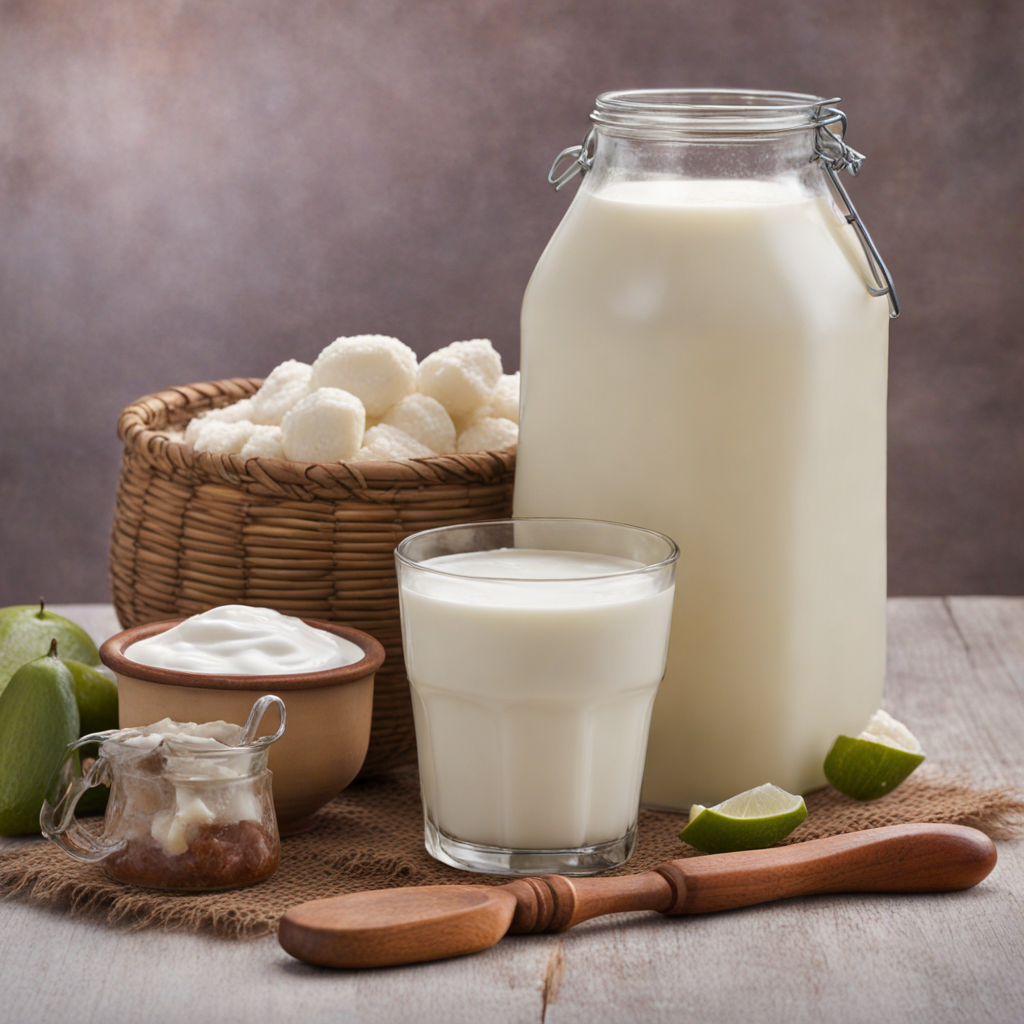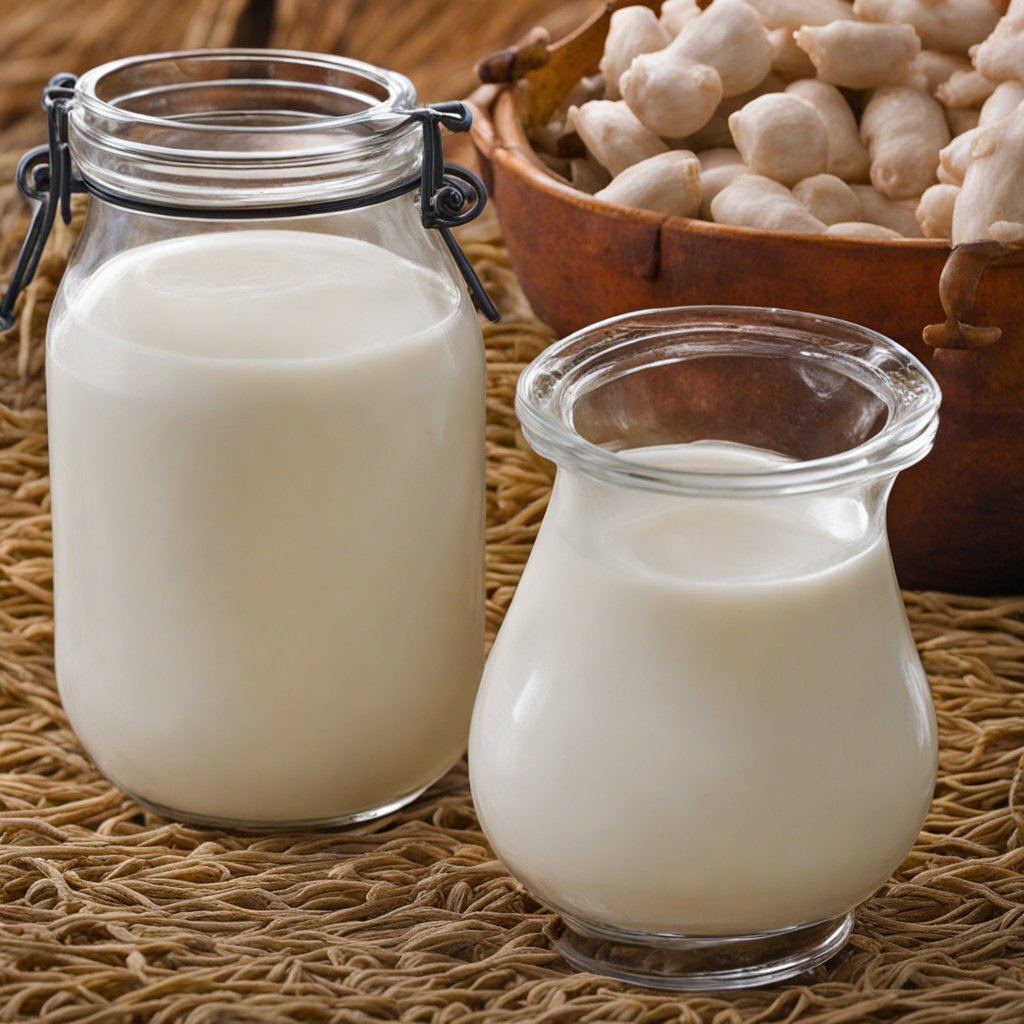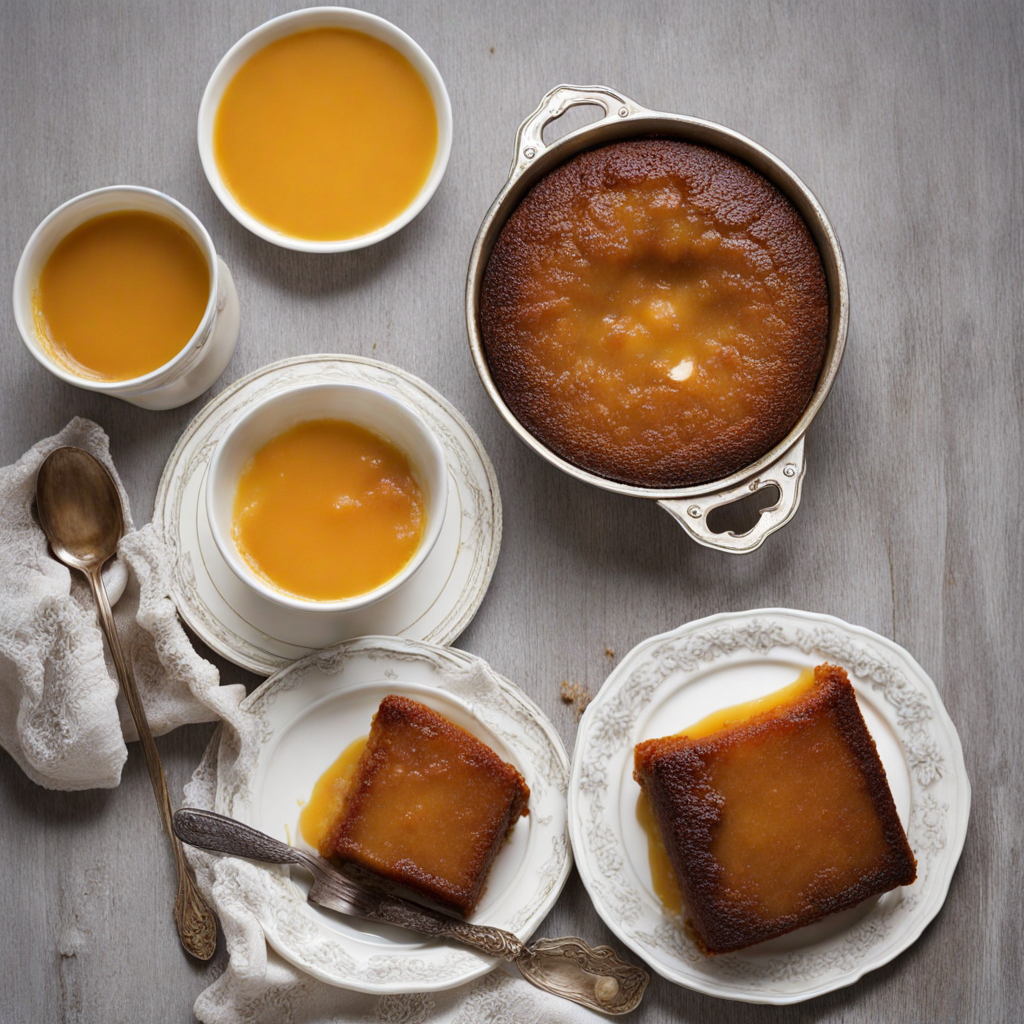Ekwenda
Ekwenda is a traditional Namibian dish that embodies the rich cultural heritage and culinary diversity of the region. This savory delicacy is primarily made from a base of maize meal, which is cooked to a smooth, porridge-like consistency. The dish is often enhanced with various local ingredients, including seasonal vegetables and sometimes meat, creating a flavorful and satisfying experience. Ekwenda is typically enjoyed as a staple food, offering a comforting, hearty option that nourishes the body and soul. One of the unique aspects of Ekwenda is its versatility. Depending on the region and available ingredients, it can be prepared with different flavor profiles. Some variations incorporate indigenous spices and herbs, adding an aromatic touch that elevates the dish. In many households, Ekwenda is served alongside a sauce made from tomatoes, onions, and peppers, which complements the mild flavor of the maize meal and adds a refreshing zest to each bite. This combination not only enhances the taste but also provides a vibrant visual appeal. Beyond its taste, Ekwenda is a dish deeply rooted in community and tradition. It is often prepared during gatherings and celebrations, bringing people together to share in the experience of cooking and enjoying the meal. The communal aspect of Ekwenda reflects the Namibian culture, where food is not just sustenance but a means of fostering connections and celebrating life. For those seeking to explore new flavors, Ekwenda offers a delightful introduction to the culinary treasures of Namibia, inviting adventurous eaters to savor its unique blend of simplicity and richness.
How It Became This Dish
Ekwenda: A Culinary Treasure from Namibia #### Origins Ekwenda, also known as "Ekwenda" or "Ekwenda bread," is a traditional food from the Ovambo people of Namibia, a group predominantly located in the northern regions of the country. The name itself is derived from the Ovambo language, reflecting both the cultural and linguistic roots of the dish. Ekwenda is primarily made from maize meal, which has become a staple food in many African countries, particularly in regions where maize is a significant crop. Maize was introduced to Africa from the Americas in the 16th century and quickly became integrated into the local diets of many communities. In Namibia, the Ovambo people adapted this new ingredient into their culinary practices, leading to the creation of Ekwenda. Traditionally, the dish is made by mixing maize flour with water, creating a dough-like consistency. The dough is usually shaped into small balls or patties, which can then be steamed or boiled. #### Cultural Significance Ekwenda holds a special place in the cultural fabric of the Ovambo community. It is not merely a food item but a symbol of sustenance and togetherness. Traditionally, meals are communal events in Ovambo culture, and Ekwenda is often served alongside other dishes, such as meat stews, vegetables, and sauces. The sharing of food is a vital aspect of Ovambo social life, emphasizing the values of community, kinship, and hospitality. In addition to its role in daily meals, Ekwenda is often prepared during special occasions and celebrations, such as weddings, harvest festivals, and important community gatherings. The act of making Ekwenda can also be a communal activity, where women gather to prepare the dish, sharing stories and experiences while they work. This practice reinforces social bonds and preserves cultural traditions. Ekwenda is also associated with the concept of "ukupuka," which means to thrive or prosper. In Ovambo culture, the preparation and sharing of Ekwenda signify abundance and the goodwill of the community. It is believed that preparing Ekwenda with care and love brings good fortune and blessings to the household. #### Development Over Time As Namibia has undergone various social, economic, and political changes, so too has the preparation and consumption of Ekwenda. The colonial period, which began in the late 19th century, introduced new ingredients and cooking techniques to Namibia. While maize remained a staple, the influx of European settlers brought wheat flour, sugar, and other processed foods into the local diet. This diversification led to variations of Ekwenda, with some families incorporating these new ingredients into their traditional recipes. The post-independence period in the 1990s marked a resurgence of interest in traditional foods and culinary practices among young Namibians. In an effort to preserve their cultural identity, many people began to reconnect with their roots by reviving traditional dishes like Ekwenda. This revitalization was fueled in part by a broader global trend toward local and sustainable food practices, as well as a growing emphasis on food sovereignty. Today, Ekwenda continues to be a beloved dish in Namibia, often enjoyed at family gatherings, community events, and cultural festivals. The dish has also found its way into modern restaurants and food markets, where it is celebrated alongside other traditional Namibian foods. Chefs and home cooks alike have begun to experiment with Ekwenda, incorporating new flavors and cooking methods while maintaining its essence. One notable development is the introduction of various fillings and toppings for Ekwenda. While the traditional version is often served plain, contemporary interpretations may include savory fillings such as minced meat, vegetables, or cheese. Additionally, Ekwenda can be served with a range of sauces and dips, further enhancing its flavor profile. #### Ekwenda in the Global Context The rise of globalization has also impacted the way Ekwenda is perceived and consumed. As Namibian cuisine gains international recognition, Ekwenda has become a symbol of the country’s rich culinary heritage. Food enthusiasts and travelers to Namibia often seek out traditional dishes, and Ekwenda is frequently featured in culinary tours and cultural experiences. Social media has played a significant role in the promotion of Ekwenda. Pictures of the dish, along with stories of its cultural significance, have circulated widely, leading to a greater appreciation for Namibian cuisine beyond its borders. Food blogs and travel websites often highlight Ekwenda as a must-try dish for anyone exploring Namibia, further contributing to its growing popularity. #### Conclusion Ekwenda is more than just a dish; it is a reflection of the Ovambo people's history, culture, and identity. From its origins as a simple maize-based food to its contemporary adaptations and global recognition, Ekwenda encapsulates the resilience and creativity of the Namibian people. As it continues to evolve, Ekwenda remains a cherished symbol of community, togetherness, and the enduring power of traditional food in an ever-changing world. In conclusion, the story of Ekwenda is a testament to the importance of food in shaping cultural identity and social bonds. As Namibians celebrate their culinary heritage, Ekwenda stands at the forefront—an inviting, nourishing, and culturally significant dish that brings people together, bridging the past with the present and future.
You may like
Discover local flavors from Namibia







